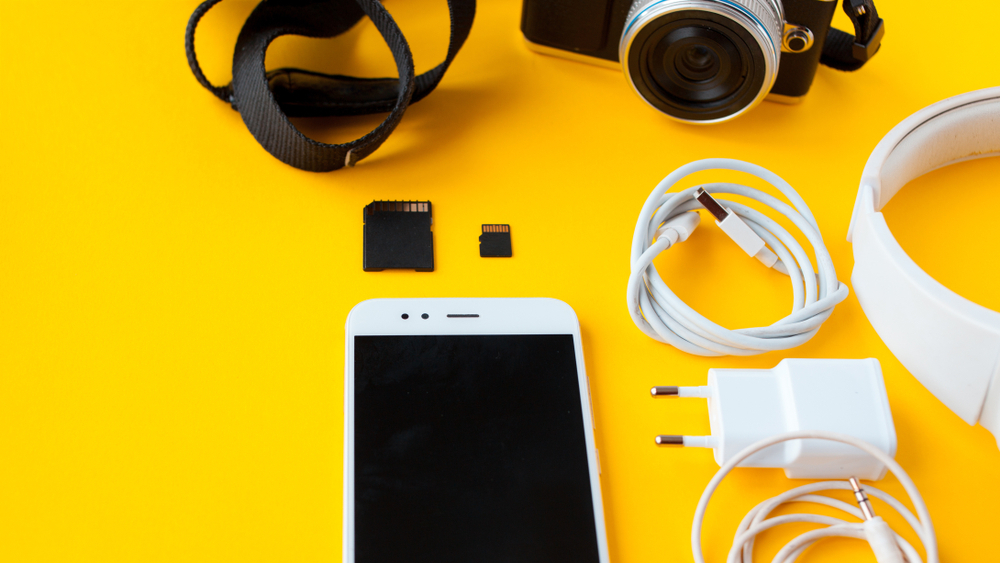A long time ago, Virtual Private Network (VPN) was just considered a technology that offers to secure all the online activities you perform on the Internet. Initially, it started as a tool for large organizations to access their data from afar but quickly became a hit among individuals looking to safeguard their online identities.
Yet, as the digital world keeps changing and growing, there are complexities seen in establishing VPN connections, particularly for those using it on Windows. Users have faced a bunch of annoying problems, like their connections suddenly dropping, internet speeds slowing down, and running into issues with different versions of Windows.
What Else Causes VPN Not Connecting On Windows?
Sometimes, your Windows VPN connection can be a real head-scratcher, creating frustrating roadblocks to online privacy and security. But no worries, and let’s break it down in simple terms:
- Internet Connectivity Issues
A weak or unstable internet connection can prevent a VPN connection.
- Firewall and Antivirus
These protective programs can sometimes be too protective and block your VPN.
- Server Troubles
VPN servers can get crowded or have maintenance, causing connection problems.
- Old VPN Software
If your VPN app is outdated, it might not work with your Windows version.
- Login Details
Double-check your username and password. Typos happen!
Though, if the connection does not work smoothly, it makes your journey frustrating. This is where we come to help you out with simple and easy-to-follow tips.
Windows VPN won’t connect? | Try These Tips
There are times when your VPN may refuse to connect to your Windows device, leaving you frustrated and vulnerable. This post has some user-friendly tips for troubleshooting VPN connection issues on Windows.
- Check Your Internet Connection
The very first step you have to take in resolving VPN connection issues on Windows is ensuring you have a stable internet connection. As a shaky or intermittent connection can spoil your VPN’s efforts to connect securely.
Fix The Problem – Restart your modem or router, and make sure you can access other websites or services without any issues.
- Verify Your Login Credentials Are Correct
Sometimes, the simplest mistakes can lead to VPN connection problems. Double-check that you’ve entered the correct username and password for your VPN connection. Typos or outdated credentials can prevent successful VPN connections.
If you’re using a free VPN service, visit the VPN provider’s website to confirm if there have been any changes to the login credentials. Ensure you input the most up-to-date username and password before attempting to connect again.
- Change Your Protocols
Certain networks or firewalls may block specific VPN protocols. This can prevent your VPN from establishing a connection.
To resolve this issue, you can try switching to a different VPN protocol within your VPN client settings (e.g., from UDP to TCP) or use alternative port numbers if your VPN provider supports this option.
- Disable Your Firewall
Firewalls and antivirus programs are crucial for protecting your computer from various threats. However, they sometimes block VPN traffic and cause connectivity issues.
To eliminate this cause, you need to take a moment to inspect your firewall and antivirus settings to see if they are interfering with your VPN. For troubleshooting purposes, consider temporarily disabling them. This can help you locate the cause of your VPN connection problem.
- Reinstall CPN Software
Have you tried all the above steps and are still facing issues? Check for any update of your VPN software’s latest version or reinstall it. A clean reinstall of your VPN client might resolve any underlying software glitches.
- Try An Alternative VPN Server
A VPN service often provides multiple servers you can connect to. If the current server you are using is exhausted and you continue to experience VPN connection problems, it might be worth exploring alternative VPN services that better suit your needs.
- Contact Your VPN Provider’s Support
The last option you have left is now to look for your VPN provider’s support. If all else fails, don’t hesitate to reach out to your VPN provider’s customer support. They have the expertise to help you troubleshoot and resolve specific issues related to their service.
Bottom Line
VPN connection problems on Windows can be challenging, but with the right knowledge and troubleshooting steps, you can overcome them.
Whether it’s slow speeds, connection drops, or installation issues, these tips should help you maintain a secure and stable VPN connection, ensuring your online privacy and security.





